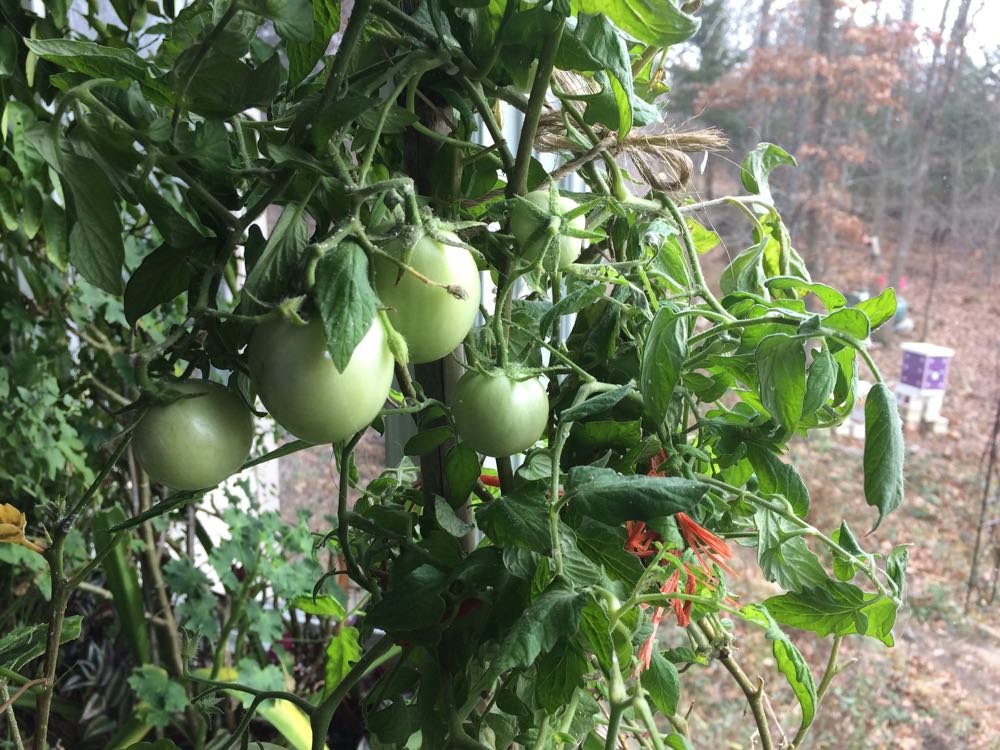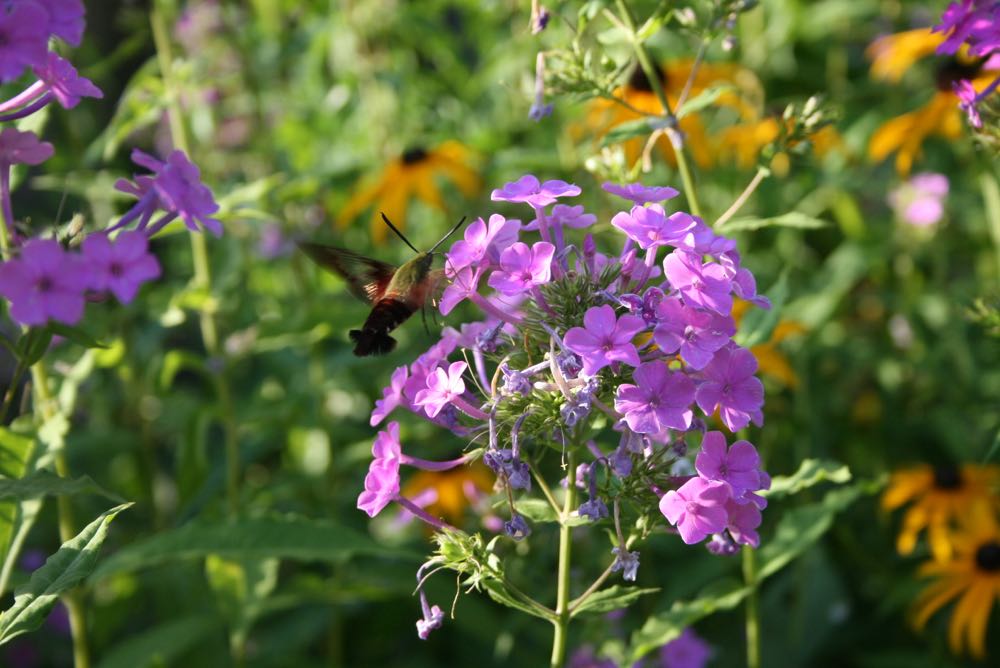Winter Tomatoes
/My winter tomato plant is nicely setting fruit in one of my living room windows. One of the challenges of growing tomatoes inside is the lack of insect pollinators but Howard appears to have had some visitors before I brought him inside. (Photo by Charlotte Ekker Wiggins)
Winter Tomatoes
Over the years, I have mentioned to friends that I grow tomatoes in winter. I know there are some skeptics so meet Howard, my tomato plant for this winter.
Howard is probably a Roma by the shape of the fruit. It’s a good guess because I tend not to worry about labeling my plants. I can tell one vegetable from another and, when it comes to tomatoes, I like them all. If I have to distinguish the variety, I vote for taste sampling.
Now Howard had a rough summer last year. Actually he wasn’t much of a tomato plant at all, if you count being a tomato plant as actually going to fruit. Howard was the tomato plant that had all leaves eaten off by tomato hornworms when the caterpillars discovered my deck garden plants.
Happens every year. The little tomato plant starts look beautiful for awhile, turning my corner deck garden into an amazing lush green wonderland. Then one morning, I find the telltale green pellets on the ground, a sure sign that caterpillars are gorging themselves on the tomato leaves.
Tornado hornworms turn into hummingbird moths.
Since those caterpillars turn into beautiful pollinating hummingbird moths, I don’t destroy the caterpillars. Instead, I carefully pick them off and move them to a tomato plant I set aside on the side of the deck. As long as I find all of the caterpillars, they leave the rest of my tomato plants to fruit in peace and peacefully finish their metamorphosis.
It was a good caterpillar crop so poor Howard ended up pretty nude by the end of the summer growing season. I almost forgot about him until October, when I bring my tropical plants inside. He was sitting behind one of the tropical hibiscus; I assumed he was spent. Instead, he was showing very healthy new growth so I cleaned him up and brought him inside as my one winter tomato plant.
Tomatoes are perennial plants in their native Peru. They are also heavy feeders, which means they need rich soil with healthy microorganisms to keep them alive and growing. To make sure they have nutrients they need, I added composted soil, Epsom salt and worm castings, giving them three different sources. I wasn’t sure the flowers would get pollinated but apparently a few did or I would not have fruit ripening.
Just as in our summer gardens, winter tomatoes also prefer even watering. To make sure Howard didn’t dry out, I added a plastic bottle with holes buried up to the bottle opening so that when I water, the soil gets more evenly soaked.
I keep trying, though, because more often than not, I have one tomato plant growing all winter and making it into spring next year. The longest growing tomato plant – so far – was one that grew for 4 years.
Howard tomato plants turning red, almost ready enough to pick!
With Howard in a pot sitting in a southern exposure window, I started getting ripe tomatoes by mid-January. They aren’t as sweet as summer-ripened tomatoes but they are better than any tomatoes I have purchased during winter.
Nice treat to enjoy in the middle of the non-growing, snowy season.
Charlotte














